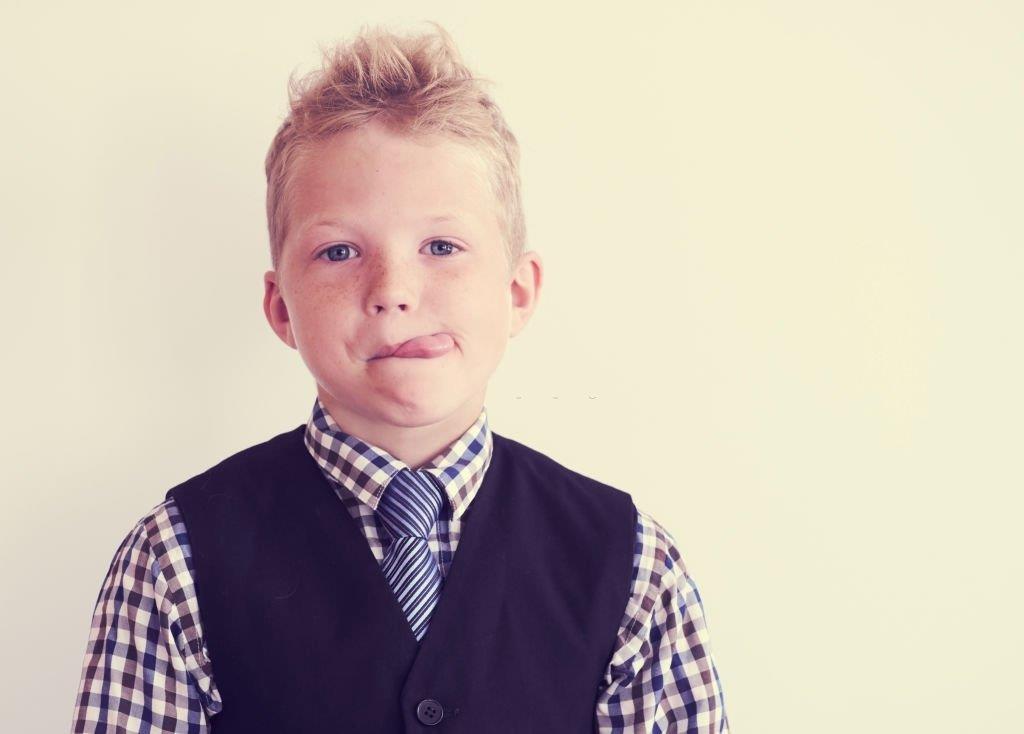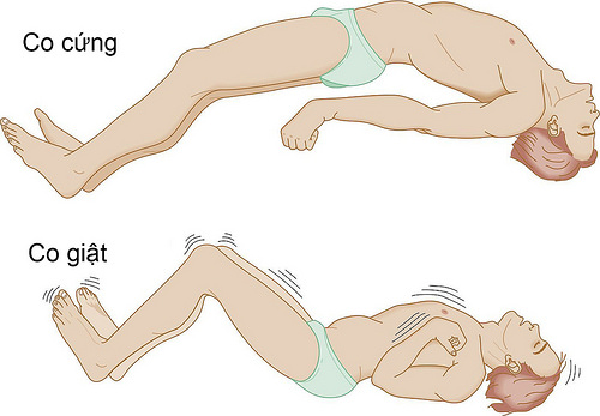Absence epilepsy: recognition and treatment

Absence seizures affect consciousness for a very short time, so it is difficult to recognize. Absence seizures can often be controlled with antiepileptic drugs. Some children with this epilepsy also have other types of seizures. Most children will no longer have these seizures by the time they are out of their teens.
content
- 1. What is absence epilepsy?
- 2. Symptoms
- 3. Causes of absence epilepsy
- 4. Acquired risk factors
- 5. Complications
- 6. Diagnosis of absence epilepsy
- 7. Methods of treatment
- 8. Lifestyle and home remedies
1. What is absence epilepsy?
Absence seizures are brief, sudden loss of consciousness. They are more common in children than adults.
The person in an absence seizure appears to be staring into space for a few seconds. Then quickly return to a normal level of alertness.
>> Epilepsy is a very common neurological disease. Find out now to avoid difficulties in initial management and treatment.
2. Symptoms
The simple sign is to stare into space. This symptom can be confused with inattention lasting about 10 seconds. Sometimes the absence of consciousness lasts up to 20 seconds, without any symptoms such as headache or drowsiness.
Signs and symptoms of a seizure include:
- Sudden stop working but do not fall
- Lip licking
- Eyelid twitching
- Chewing motion
- Finger rub
- Small movements in the hands

Lip licking is one of the symptoms of a seizure
After the attack, you can't remember what happened during the attack. Some people have more than one attack per day, which interferes with school or daily activities.
The seizures are very brief. As a result, children often have absence seizures for a time before adults can recognize the seizures. A decline in a child's learning ability may be the first sign of this disorder. The teacher may comment on the child's inability to pay attention or the child's frequent daydreaming.
3. Causes of absence seizures
Most children have a genetic predisposition to absence epilepsy.
The brain's neurons normally send electrical and chemical signals across the synaptic clefts (the space between the pre- and post-synaptic parts, which contain specific enzymes that break down chemical mediators to regulate regulate synaptic transmission). Seizures are caused by abnormal electrical impulses from neuron cells.
In people with epilepsy, the normal electrical activity of the brain is altered. During a seizure, these electrical signals repeat 3 cycles per second.
People with epilepsy may also experience altered levels of these neurotransmitters.
4. Acquired risk factors
Some common factors in children with absence seizures include:
- Age: more common in children aged 4 to 14 years.
- Gender: This condition is more common in girls.
- Family history: Nearly half of children with this condition have a relative with epilepsy.
5. Complications
Most children with absence seizures do not cause complications. However, in some children:
- You must take anti-epileptic drugs for life to prevent seizures
- Progression to generalized convulsions, such as tonic-clonic seizures
- Other complications may include:
- Difficulty in learning
- Behavioral problems
- Separation from society

Spastic - convulsion
6. Diagnosis of absence epilepsy
Tests required for the diagnosis include:
- Electroencephalogram (EEG): During a seizure, the wave pattern on the EEG is different from the normal pattern.
- Magnetic resonance imaging (MRI) of the brain: In absence seizures, the brain MRI may be normal. However, MRI can provide detailed images of the brain. This helps rule out other problems, such as a stroke or brain tumor.
>> Epilepsy Patient : What to prepare before seeing a doctor?
7. Methods of treatment
Treatment usually begins with the lowest possible dose of antiepileptic drugs. Then increase the dose as needed to control seizures. When seizures become less frequent and go away for about 2 years, the child's dose may be reduced.
Antiepileptic drugs include:
- Ethosuximide (Zarontin): This is the drug of choice for first-line control of absence seizures. In most cases, seizures respond well to this drug. Possible side effects include nausea, vomiting, drowsiness, trouble sleeping, hyperactivity.
- Valproic acid (Depakene): Valproic acid has been linked to an increased risk of birth defects in infants. Therefore, women should not use during pregnancy or when planning to become pregnant.
Doctors may recommend the use of valproic acid in children with concomitant absence epilepsy and tonic-clonic seizures. - Lamotrigine (Lamictal): Some research shows this drug to be less effective than ethosuximide and valproic acid, but it has fewer side effects. Side effects may include rash and nausea.
8. Lifestyle and home remedies
8.1 Diet therapy
Following a high-fat and low-carbohydrate diet may improve seizure control. This therapy is only used if traditional medications fail to control seizures.
This diet is not easy to maintain, but has been successful in reducing seizures for some people.

Diets high in fat and low in carbohydrates can control seizures
8.2 Additional measures , including:
Here are steps you can take to help control seizures:
- Take the medicine correctly: Do not self-adjust the dose of the drug. If you feel medications are not helping control your seizures and need to change medications, talk to your doctor during your follow-up visit.
- Get enough sleep: Lack of sleep can trigger seizures. Make sure to get enough rest each night.
- Wear a medical alert bracelet.
Absence seizures can be difficult to recognize and have unintended consequences for children. If you notice that your child has the signs and symptoms of a seizure described above, take your child to the doctor for an examination, diagnosis, and prompt treatment.
>> See more: What do you know about temporal lobe epilepsy?
Doctor Dao Thi Thu Huong